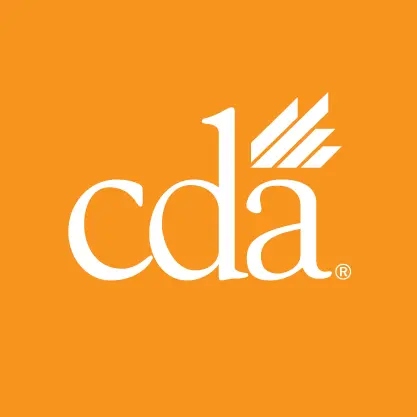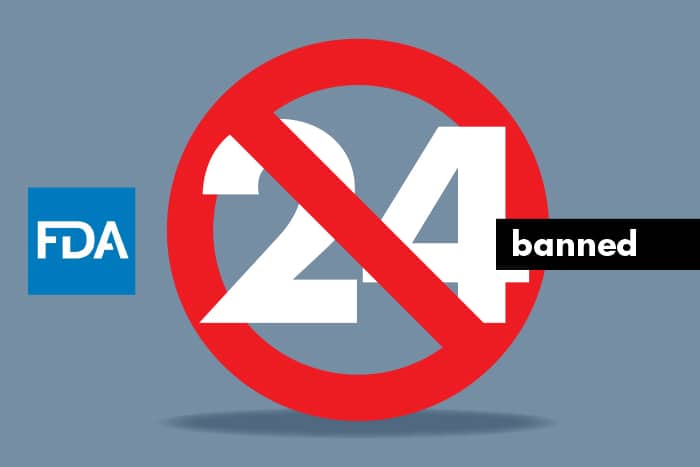In a final rule issued by the Food and Drug Administration, 24 active ingredients used in nonprescription antiseptic products are “not generally recognized as safe and effective” (GRAS/GRAE) for use by health care professionals in health care settings or situations “due to insufficient data.” The rule — or the ban on use of these ingredients in over-the-counter antiseptics — finalizes the 2015 Health Care Antiseptic Proposed Rule and takes effect Dec. 20, 2018.
By the rule’s definition, health care antiseptics include:
- Health care personnel hand washes
- Health care personnel hand rubs
- Surgical hand rubs
- Patient antiseptic skin preparations (i.e., preoperative and pre-injection skin preparations)
Although the rule, which was published in December 2017, applies to 24 active ingredients, data from the FDA’s drug product registration database suggest that only triclosan is found in nonprescription antiseptic products that are currently marketed, as many manufacturers began phasing out the other ingredients following the FDA’s proposed rulemaking.
In its summary of the major provisions of the final rule, the FDA cites new data suggesting that the “systemic exposure to these active ingredients is higher than previously thought, and new information about the potential risks from systemic absorption and long-term exposure is now available.” Additionally, new information has prompted the FDA to “reevaluate the data needed to determine whether health care antiseptic ingredients are generally recognized as effective.”
The FDA has deferred rulemaking on six additional commonly used active ingredients — benzalkonium chloride, benzethonium chloride, chloroxylenol, ethyl alcohol, isopropyl alcohol and povidone-iodine — until scientific studies have been completed.
The rule does not cover consumer antiseptic washes or rubs.
Ban does not apply to use of triclosan in toothpaste
Dentists and their patients may have questions about the use of triclosan in toothpaste, which is not banned by the FDA’s final rule. The FDA states that after reviewing extensive data showing the effectiveness of triclosan in Colgate Total toothpaste, “evidence showed that triclosan in that product was effective in preventing gingivitis,” whereas the FDA in its final rule cited a lack of evidence that triclosan in nonprescription antiseptic washes and rubs is more effective than washing with regular soap and water.
Dentists can refer patients who express concerns about triclosan in toothpaste to the consumer update “5 Things to Know About Triclosan” on the FDA’s website.
Questions about the rule can be directed to the FDA at [email protected] or 855.543.3784. View the final rule, which includes the complete list of banned ingredients, in the Federal Register.

